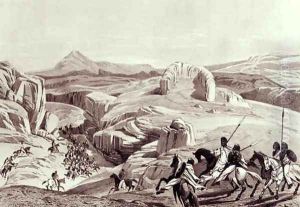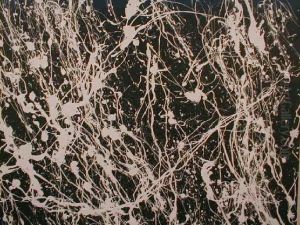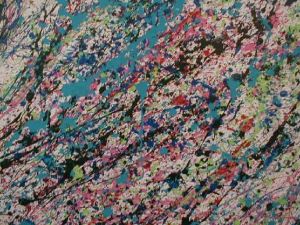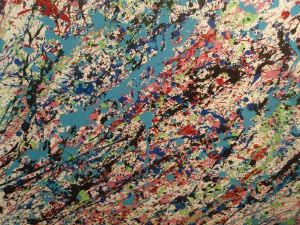Holmes, Sir Richard Rivington Paintings
Sir Richard Rivington Holmes was a British art historian and librarian, born in 1835. Although not as widely recognized as some of his contemporaries, Holmes made significant contributions to the study and collection of art during his lifetime, particularly within the context of his work at the British Museum, where he served with distinction. His career at the British Museum began in the mid-19th century, and he eventually rose to the position of Keeper of the Department of Prints and Drawings, a role in which he had considerable influence over the expansion and organization of the museum's collections.
Holmes's scholarly work and interests were broad, covering various periods and types of art, but he had a particular affinity for prints and drawings, which were the main focus of his professional life. He was instrumental in acquiring important works for the museum and was an advocate for the educational value of art and cultural heritage. His work at the British Museum laid the groundwork for future generations of art historians and curators, and he was involved in several significant exhibitions that helped to bring the art of prints and drawings to a wider audience.
In addition to his professional achievements, Holmes was recognized for his contributions to the arts with a knighthood, becoming Sir Richard Rivington Holmes. Despite his successes, he has remained somewhat of a niche figure within the field of art history, known more among specialists than the general public. Holmes passed away in 1911, leaving behind a legacy of dedication to the preservation and understanding of art. His contributions, particularly in the realm of print and drawing collections, continue to be acknowledged by those familiar with the intricacies of art collection and curation.




